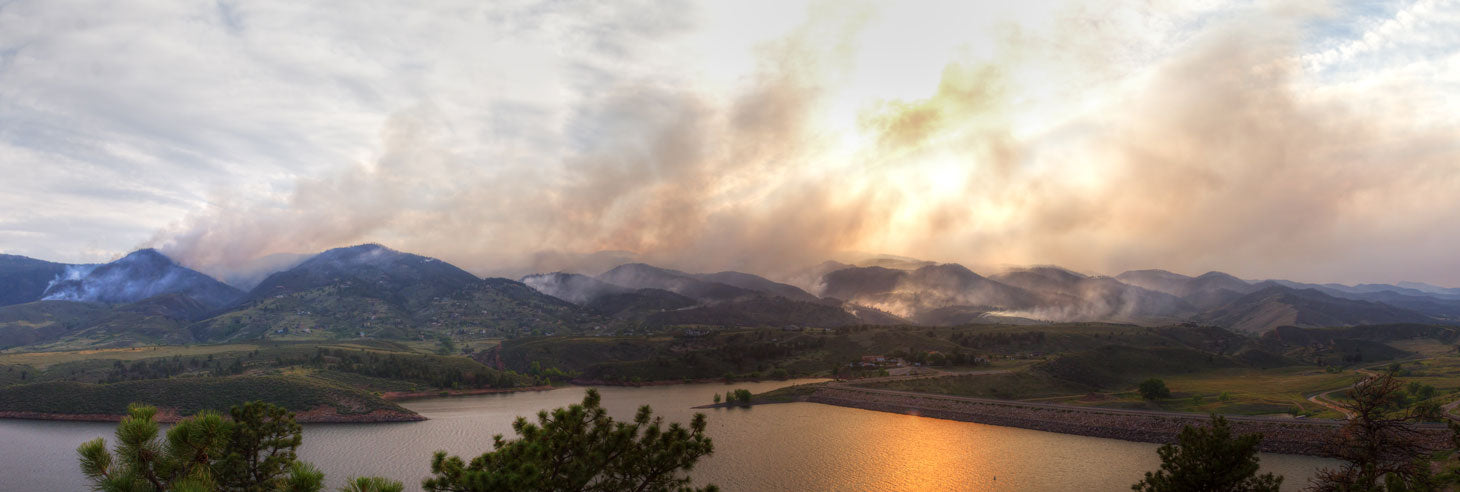Campfire Stories — outdoors

Buy Ugly Mugz in 1910
The Baldy Town General Store at Philmont Scout Ranch is your go-to for backcountry staples, including Ugly Mugz. On their treks at Philmont, Scouts visiting Baldy Town experience life in an authentic 1910 mining town. They can pan for gold, explore the mining museum, summit Baldy Mountain, and learn from visiting geologists. 
At the Baldy Town General Store, Scouts find trekking essentials, and Ugly Mugz are a perfect piece of adventure gear for hot or cold drinks and backcountry meals. This summer, Mac "Stella Jane" is the shopkeeper at Baldy Town, ready to help you find everything you need for your trek. So, visit them to buy your Ugly Mugz, Snickers, Band-Aids, and other essentials to complete your adventure.

Scott Hiker - Amateur Paddle-boarder
In the heat of the summer, there is one activity-other than backpacking-that Scott Hiker is a amateur expert at...Stand Up Paddleboarding! Watch as Scott demonstrates expert technique and skill to pass the dog days of summer.

Getting in Shape for Summer Camp
It’s almost time for summer, and you know what that means. . . summer camp! We here at Ugly Mugz would like for each of you to get the most out of your hiking, biking, and paddling this summer.
4 Tips for Backpacking during Fire Season

In the Pacific Northwest we have five seasons instead of four, nestled right in between summer and fall is fire season. Some years fire season is short and light, other years it’s much longer and more heated, see what I did there… But just because fire season is a thing, doesn’t mean you can’t get out to hike, camp and have a good time. Below are some tips for successfully navigating fire season and how not to let it ruin your backcountry adventure.
1. Check wildfire Conditions before you leave
Probably one of the most important things you can do is really just one of the things you should be doing for any backcountry trip, it’s also one of the LNT principles: plan ahead and prepare. Do some research on your destination, is it on fire? Is there fire nearby? Is it smoked out? There are great resources available online to investigate fire activity and also the Forest Service and BLM offices are usually more than happy to answer questions.
Resources:
Fire Maps:
-
Oregon Fire Map (Includes other states as well)
Other helpful sites:
2. Have and share an emergency plan
Another staple for any backcountry trip in my book, is to put together an emergency plan that you can email or leave with a trusted friend or family member should something go wrong. We all know many great outdoors people that don’t need to rely on anybody for anything. The reality is, bad stuff can and does happen in the backcountry. Some useful information I like to leave behind:
- Where I plan on camping, even if it’s not certain, I’ll leave the general area or potential spots
- Where I should be on each day, again this doesn’t have to be exact
- Emergency contact numbers. You should research in your state, is the county responsible for search and rescue, or should family contact the USFS? These are good things to know if you are out past expected arrival.
- Emergency tracking info, do you have a SPOT or an inReach if so leave instructions on how to track you or message you in an emergency.
Answering these questions will not only help if you need to be found, but will also help immensely in planning and preparedness for the trip. If you have a trusted friend who’s also familiar with the back country or area you are headed, they can watch the fire maps and Inciweb site for updates and give you a heads up on any new fire activity if you can be reached. If not, it’s always helpful to have an advocate outside to contact the appropriate agency should you need to be evacuated early.
3. Don’t count on a camp fire
During fire season, it’s very common for fire restrictions or outright bans to be put in place, especially in remote areas. Plan your meals around cooking on a backpacking stove. We all love the friendly ambiance and warm glow that a camp fire provides, but it’s just not worth it. It’s certainly not worth the bill should you start off a wildfire, just ask these kids. Most of my breakfast and lunch are always no-cook “trail” meals, and there are lots of great backpacking recipes that can be done on a stove that are not “just add water”
